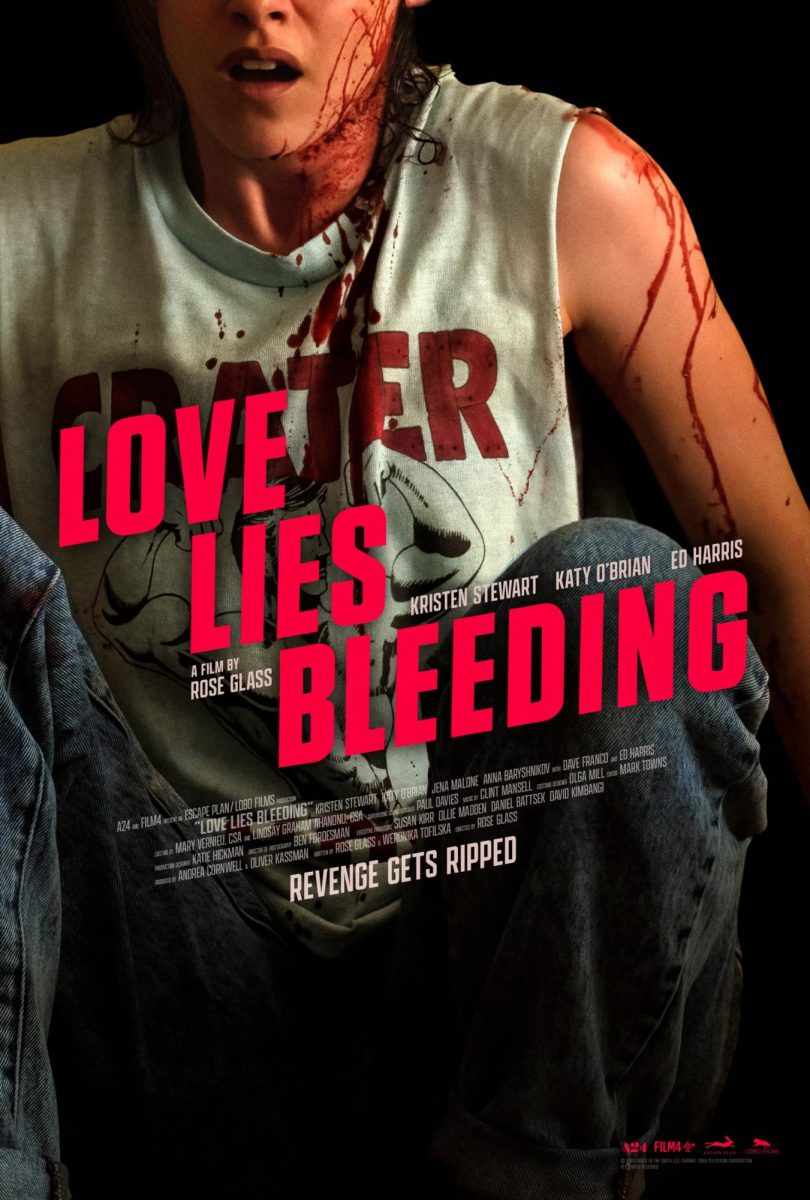
People throughout the ages have expressed their deepest emotions through art. Today, art therapy is used to help people struggling with mental illnesses.
Edvard Munch, best known for his work “The Scream,” used painting to him deal with depression and other mental illnesses he suffered from.. Louis Bourgeois, a feminist and surrealist sculptor, mentioned that her artwork helped her deal with childhood traumas. She stated, “Every day you have to abandon your past or accept it, and then if you cannot accept it, you become a sculptor.”
The term “art therapy,” was created in 1942 by British artist Adrian Hill. His book, “Art Versus Illness,” describes how he realized that art was a form of therapy. After Hill was diagnosed with tuberculosis, he initially used drawing to pass the time while in the hospital. He then realized that drawing allowed him to express the feelings bottled up in his head, without actually opening up his mouth. Hill then encouraged other patients to draw and paint, and soon enough, art therapy spread rapidly. In his time, art therapy groups were run by civilians who encouraged people to take up art to help express their feelings. Today, art therapists are professionally trained experts who have to get their licenses to facilitate helping people through art.
Art therapy comes in many forms. A patient can choose to partake in ceramics, painting, drawing or collaging as their form of treatment. However, usually, the art therapist will guide the patient to what medium they believe would suit them the best. The first session is often just a sit down with the therapist. The meeting generally consists of discussing the best art plan for the patient. In the next meeting, the patient can start to create their art while the therapist observes and ask a series of questions about how they feel in the moment. It is vital to know that art therapy is not focused on the end piece, but rather on the process.
While there are skeptics about the effectiveness of art therapy, research throughout the years has shown that it truly is an effective way of dealing with psychological issues. In a study by Thomas Jefferson University, 111 female cancer patients put art therapy to the test. Out of the 111 women, 56 were assigned to attend art therapy for eight weeks. The other 55 patients, the control group, did not participate in art therapy.
At the end of the experiment, it showed that group who attended art therapy, “demonstrated a significant decrease in symptoms of distress…and significant improvements in key aspects of health-related quality of life.” Another test published by the Journal of Mental Health had 43 schizophrenic patients attend to art therapy for 12 weeks, while the control group, which consisted of 43 patients, continued standard psychiatric care. At the end of the 12 weeks, it showed that “art therapy produced statistically significant positive effects on negative symptoms.”
Although Stony Brook University does not offer art therapy, there are many counseling aids like the Healing Arts program. The program allows students to come together and create different art projects as an outlet for their emotions while talking to one another and counselors.
Assistant Director of Outreach and Community Based Interventions, Danielle Merolla, said art can play an important role in the trauma recovery process.
“It’s another form of expression,” she said. “And sometimes we don’t necessarily have the words to put on our various experiences, particularly trauma, and we find other outlets to do that.”
The Stony Brook University Art Club is open to all students, not just art majors. The club officers help guide students through the various forms of art. According to the club’s goals, “members will be exposed to different forms of art, art mediums, and techniques.”
Mental health is vital for students to make a priority. While CAPS offers tons of counseling services, students should explore all their options to see which fits them the best. The beautiful thing about healing through art is that if you find a pen and a piece of paper in your room, you can start to express your emotions.
As Eileen Miller, author of “The Girl Who Spoke with Pictures: Autism Through Art” said, art “can permeate the very deepest part of us, where no words exist.”
Correction: Nov. 3, 2019
The article was updated to note that Healing Arts is not an art therapy program, which requires licensed therapists. There are currently no art therapy programs at Stony Brook University.
Paul W. Zuccaire Gallery showcases student work from the Department of Art, but not from Stony Brook University’s Art Club. Danielle Merolla’s interview was also clarified to note the role art plays in the trauma recovery process.

















